 Long-time readers of this blog will have heard me refer to the acronym GTD a lot. But what the heck is GTD?
Long-time readers of this blog will have heard me refer to the acronym GTD a lot. But what the heck is GTD?
GTD is short-hand for Getting Things Done. The book — full title Getting Things Done: The Art of Stress-free Productivity was written by the author David Allen and it teaches the art of stress-free productivity.
Since it’s publication in 2001, Getting Things Done has gone on to sell millions of books and has become much more than an idea. GTD is now a methodology for productivity and time management that has helped people all over the world become more productive — including me!
GTD and Me
 I first became aware of GTD in 2002. As the self-professed “world’s biggest procrastinator”, I started to look for solutions to help me become productive.
I first became aware of GTD in 2002. As the self-professed “world’s biggest procrastinator”, I started to look for solutions to help me become productive.
There are hundreds of “time management” solutions out there — most of which I’d tried. But none really stuck with me until I read GTD.
As I wrote in my article “David Allen – The Master of Getting Things Done” all those years ago, “I came across GTD around 12 months ago, and can honestly say that it transformed the way I tackle my everyday life!“.
Discovering GTD was a life-changing experience for me. It enabled me to build and sell my IT business, and be successful as a writer, speaker and consultant too.
In this article, I wanted to share why GTD is so important to me, and how it can be useful to you too.
What is GTD?
The fundamental idea behind GTD is that the mind is meant for creating ideas, not for storing them.
GTD helps you to record ideas in external systems (such as task lists) and then break them down into actionable steps.
This seems like obvious advice, but most of us don’t do this! Nearly everyone has a calendar to help them remember where they should be next, so why not use that same idea for the things we need to get done?
But GTD isn’t just a list-making exercise. Instead, it actively helps you avoid procrastination thanks to one of GTD’s main mantra. This mantra is “What’s your next action?”.
What’s your next action?
Early on in my GTD journey, I learned to be specific when recording actions. For instance, if you want to buy flowers for your Mom, you record it as “Buy flowers for Mom” and not “Mom”, “Flowers”, or “Mom Flowers”. Avoiding fuzzy language (which can confuse you when the idea is no longer fresh) and using “doing” language helps you to, well, get things done!
Most of us procrastinate because of a simple reason. We don’t know what our next step actually is.
If it’s not defined well (“Bathroom”) or it’s too big (“Redecorate bathroom”) then this leads to procrastination. We stumble because our brains get tired trying to work out what the heck we’re actually supposed to be doing. And before you know it, it’s easier to give up and go and browse Facebook instead.
So, define tasks as small, actionable next steps. Instead of “Redecorate bathroom”, you might record the task as “Visit DIY Store to buy paint for bathroom”. Even that action might be a bit fuzzy, so you might break it down to “Visit DIY Store to buy blue paint for bathroom”.
By storing ideas in an external system, rather than letting them rattle around in your mind, you free up your mind to concentrate on actually doing the work.
Which is great for avoiding procrastinating over the things you need to do. But what about the continuous stream of external demands on your time?
GTD for Inbox Zero
 Every day, each and every one of us is bombarded with external demands. If you’re an office worker, you’ll know the feeling of spending most of your time dealing emails, for instance.
Every day, each and every one of us is bombarded with external demands. If you’re an office worker, you’ll know the feeling of spending most of your time dealing emails, for instance.
I’ve written before about how to manage email overload. My approach is heavily influenced by GTD.
Plus, on top of all of those emails, you’ll also need to attend meetings (which generate actions you need to take), plus you’ll have dozens of other inputs, such as post, text messages, voicemails, appointment requests, instant messages and, well, you get the idea! It can be information overload!
Modern-life can be stressful… if you don’t take control.
All of this “stuff” needs to be processed for you to keep your head above water. But how, you might ask!
Well, for many years now, I’ve lived at Inbox Zero in my email.
It started with my experiment in reducing my emails by a quarter. I then reached Inbox Zero and have stayed there ever since.
Most of my clients and colleagues don’t understand how this can be! They’ve got dozens, if not hundreds or in some cases tens of thousands of emails in their inbox. How can you possibly process all that info?
While GTD wasn’t created to tackle email, specifically, I’ve found it excellent for managing ALL inputs in my life, including email.
I’ve achieved this by using the GTD workflow.
What is the GTD workflow?
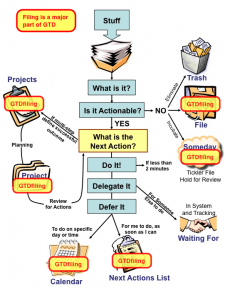 The GTD workflow can be broken down into five steps:-
The GTD workflow can be broken down into five steps:-
#1. Capture
#2. Clarify
#3. Organise
#4. Plan (and reflect)
#5. Do (or engage)
The capture step means you pull together everything that you need to deal with. This should be emails, plus paperwork, plus anything else that is on your mind. Whenever I get overwhelmed, I find that doing a brain-dump of stuff that’s in my head helps.
You then clarify what you need to do with each of the items (email, paperwork, anything!) you’ve captured.
I ask myself whether the item I’ve captured should:-
Be deleted/thrown in the trash (you’d be surprised how much this happens!)
Filed away for future reference
Added to my “Someday/Maybe” list
Added to your calendar
Delegated to someone else
Completed there and then (if something takes less than two minutes to do, just do it!)
… or, if it takes more than two minutes to complete, added to your task list to do later.
Emptying your inbox of stuff doesn’t mean doing everything there and then. It means getting it out of your inbox and making a decision of your next action.
By the way, GTD has also helped me to gain clarity over what I shouldn’t be doing. I’ve written more on this on why you should create a to NOT do list.
Once you start gaining clarity over what you actually need to do (or not do) — what’s actually on your plate — you free up a surprising amount of physic RAM. The energy that you can use to plan your time better, rather than just reacting to what is thrown at you.
GTD and planning
 GTD is now a part of My Daily Productivity Routine. It’s as much a habit to me now as cleaning my teeth is.
GTD is now a part of My Daily Productivity Routine. It’s as much a habit to me now as cleaning my teeth is.
GTD also allows me the time to reflect on my priorities and plan my activities.
To help me plan, I do a GTD-based weekly review, where I bring my inboxes down to zero and then take time to look ahead in the diary to see what is coming up. I also remind myself of what has gone by in my diary, as it often prompts me of forgotten actions that I wanted to take.
GTD has also, indirectly, led to me adopting a daily journaling habit. Journaling helps me to appreciate what I’ve achieved, and where I want to go next. If you’re interested in finding out more about my journaling habits, then listen to my interview with Chris Ducker of Youpreneur on How to Journal for Business Growth.
This, in turn, allows me to do quarterly and annual reviews. These reviews have proved incredibly powerful in achieving big goals, as you can see by reading my article on My 2018 Year in review and How It’s Done.
But this all started with GTD.
GTD gives you control and perspective
GTD enables me to have control and perspective over my life, and the demands placed upon me.
I’ve used GTD to enable me to grow an IT business from a one-man-band jobbing IT guy into a multi-person business that I eventually sold.
That sort of growth isn’t possible if you spend all day inside your own head wondering what you’ve forgotten to do.
I then used GTD to grow my current consultancy business from me, myself and I into a business where I’m surrounded by a team (check out Team Tubb) who help me get stuff done, and I only work four days per week.
Again, this isn’t possible if I’m constantly worrying about what I might have missed.
As the old saying goes, “Any idiot can face a crisis; It’s day-to-day living that wears you out”
GTD gives me the time and energy to think about which direction I want to head in. The goals I want to achieve. What I want to succeed at, both personally and professionally.
GTD allows me to gain clarity over what I need to do. And then do it.
No more “World’s Biggest Procrastinator” (although, there are days…).
There’s a lot more to GTD than what I’ve described here — and that’s why you should go and buy Getting Things Done: The Art of Stress-free Productivity. David Allen takes the idea and explains it in a way that makes sense.
Don’t just take my word for it, though! There are millions of people worldwide who use GTD.
Who uses GTD?
GTD is very popular within the technology space, for some reason. My gut feeling on why this is is that running an IT business, or working in tech, is one of the most demand and interrupt-driven businesses you can be in. If you don’t have a system, then you’ll drown under the demands. The sales of my book “The IT Business Owner’s Survival Guide” (which is influenced by GTD) seem to reflect this need for a system in the tech industry.
But while I’m a tech geek, and most of the readers of this blog are techy geeks, you’d be surprised at who else uses GTD.
-
-
-
- Musicians, artists and the creative community use GTD a lot. Singer/Songwriter, music director and Avril Lavigne’s lead guitarist Evan Taubenfeld uses GTD, for instance.
- Actors Will Smith and Tom Cruise use GTD. What do you do when you have too much to do? GTD.
- Oprah Winfrey uses GTD. She’s done quite well for herself too, by all accounts.
-
-
I was fortunate enough to be invited to have dinner with the author of GTD, David Allen, and his wife Katherine while visiting Amsterdam a while ago. It was a real pleasure to meet someone whose work had influenced my life so much. I’m very grateful for David and Katherine taking the time to meet my wife Claire and me.
David shares some great insights into who uses GTD and why they use it in my interview with him.
My interview with David Allen
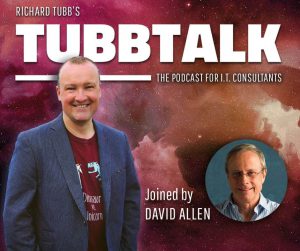 I had the opportunity to chat with the author of GTD, David Allen, a while ago for my Podcast, TubbTalk — The Podcast for IT Consultants.
I had the opportunity to chat with the author of GTD, David Allen, a while ago for my Podcast, TubbTalk — The Podcast for IT Consultants.
The interview was a special 50th episode celebration of my Podcast, released on the day of David’s 74th birthday. It’s something I’m very grateful to have been able to create.
Our chat — which was an hour or so in length — can be listened to in full at TubbTalk #50 – Productivity, Healthy Habits and Getting Things Done. I’d highly recommend listening to it (if I do say so myself) for a great overview of what GTD is, from the man who created the system.
I’ll be seeing David Allen again in person in a few weeks times at the GTD Summit.
The GTD Summit
I said that GTD was a worldwide phenomenon, and I wasn’t kidding!
On June 20th and 21st, the GTD Summit will take place in Amsterdam.
The Summit is a two-day deep dive into clearing your mind, organising your thoughts, achieving effective results and unleashing your creative potential.
If you’re attending GTD Summit, leave a comment below or get in touch with me. I’d love to meet fellow GTD’ers who read my blog!
If you’re not able to make it to GTD Summit, then I’ll be sure to update this article with a summary of my findings from Amsterdam after I’ve been.
Summary
The mind is made for generating ideas, not for holding them. By recording your ideas into a trusted external system, using the GTD methodology, you’re able to focus on getting things done.
Are you a procrastinator, like me? If so, I’d highly recommend GTD for helping you overcome that challenge and finally achieving your goals.
Are you a business owner or someone who is very busy? For me, GTD is essential to staying on top and keeping your head above water. I couldn’t have built my businesses without GTD, for instance.
Do you already use GTD? I’d love to hear your feedback. Leave a comment below or get in touch!
Now, what’s your next action?




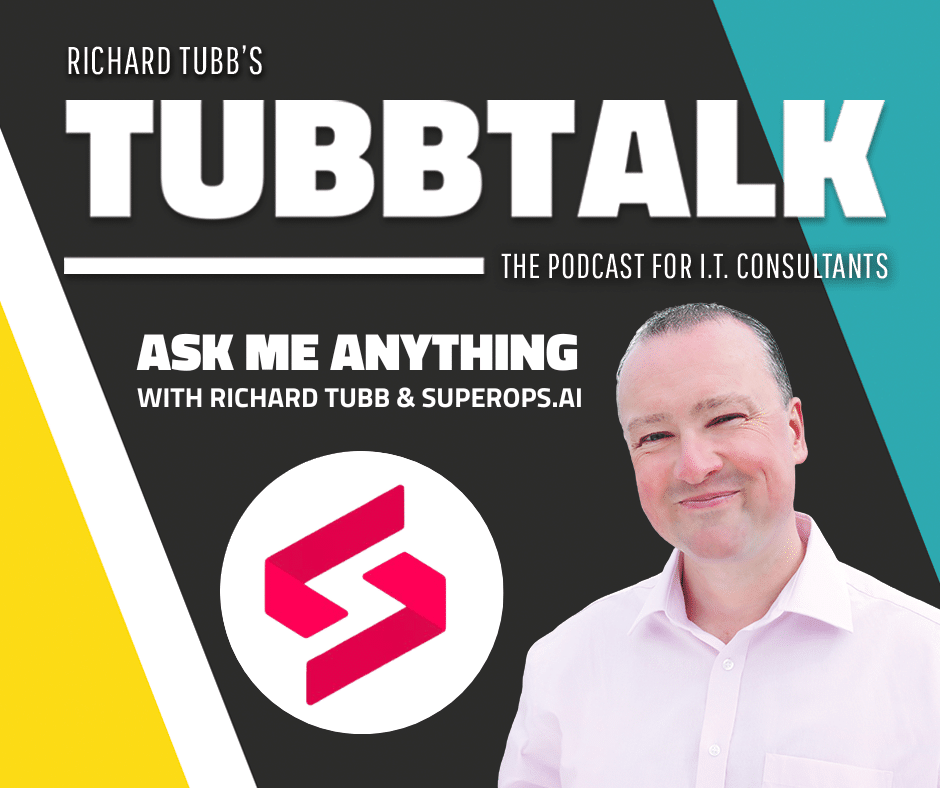


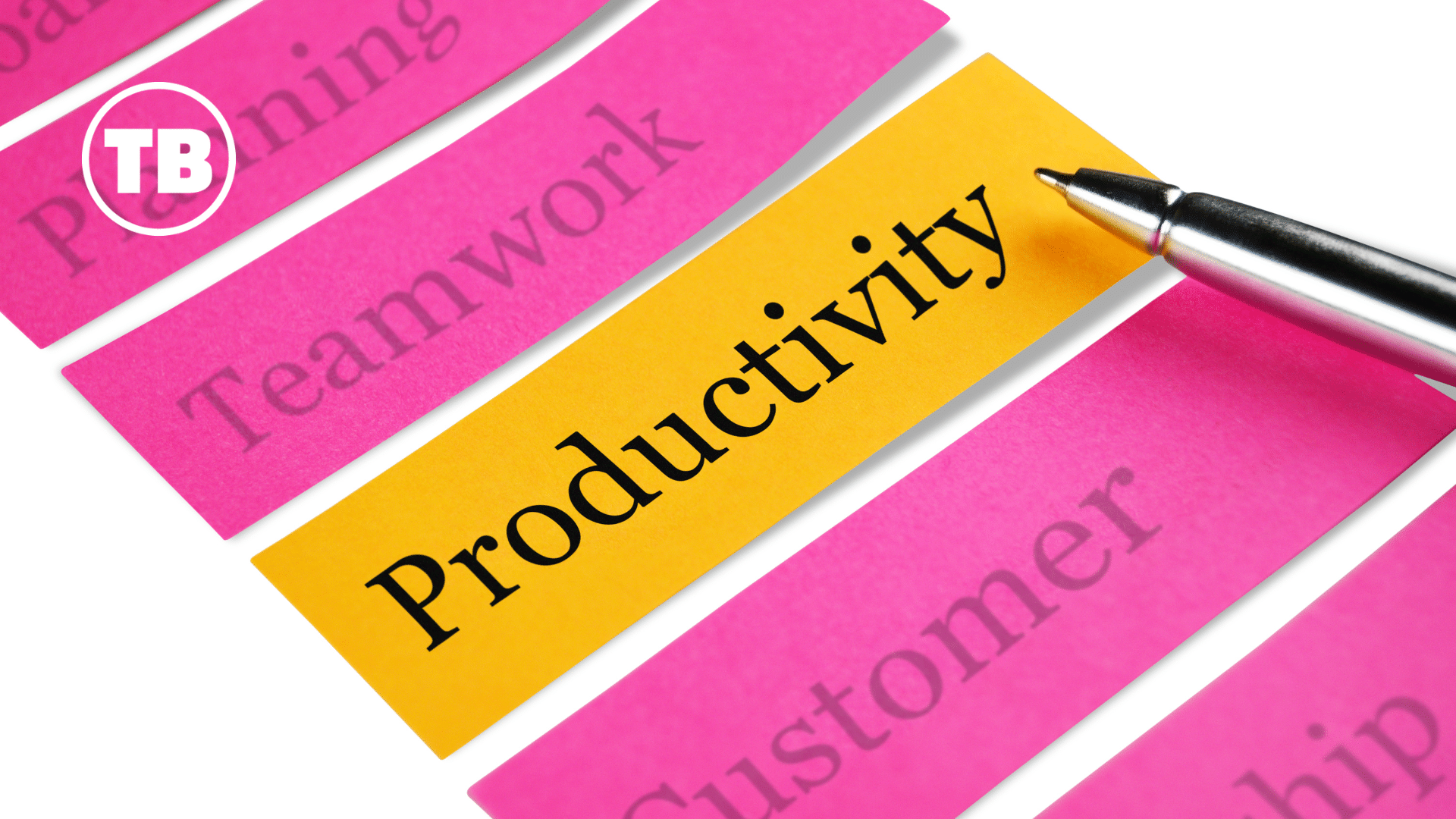
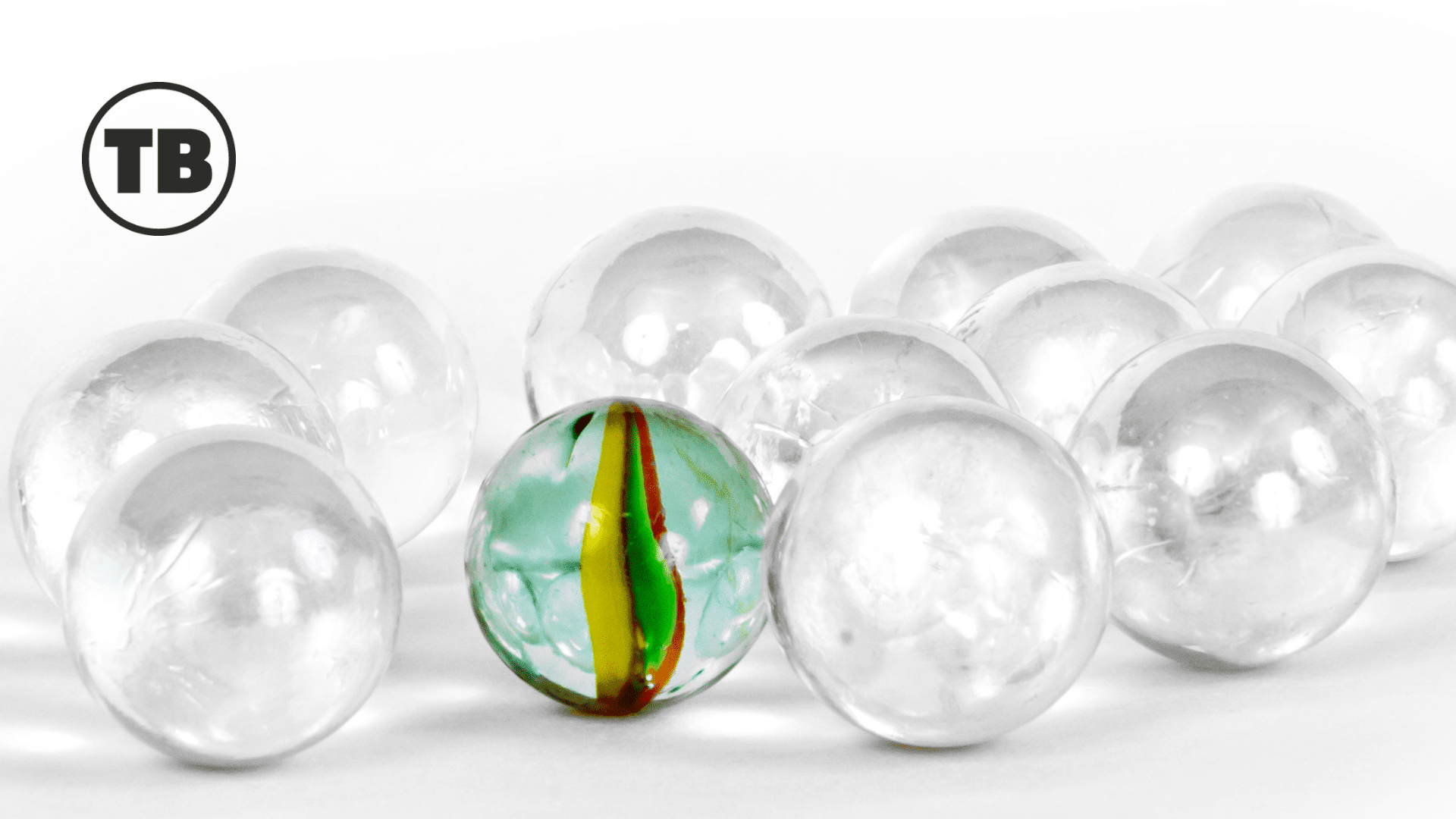


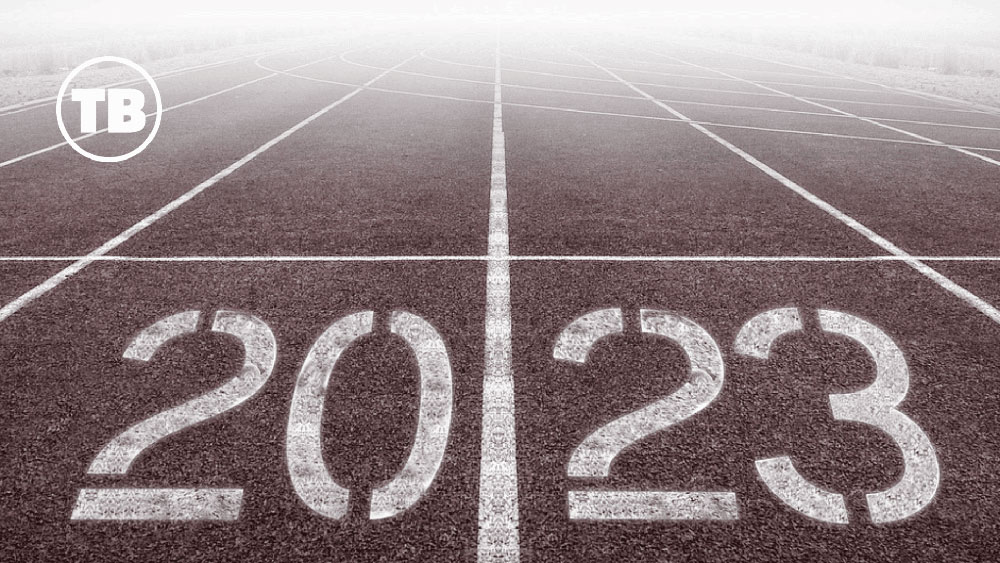

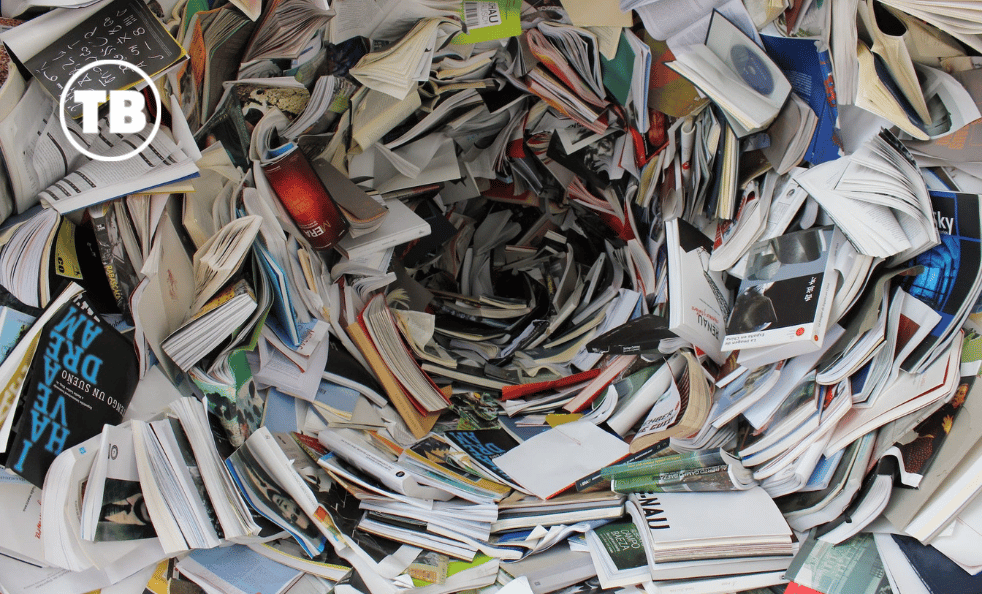
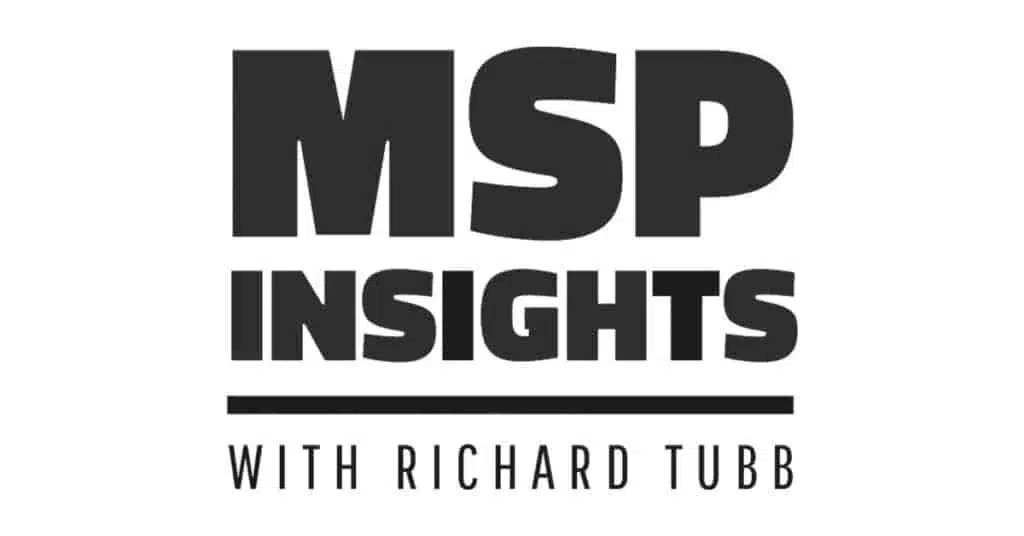
Comments